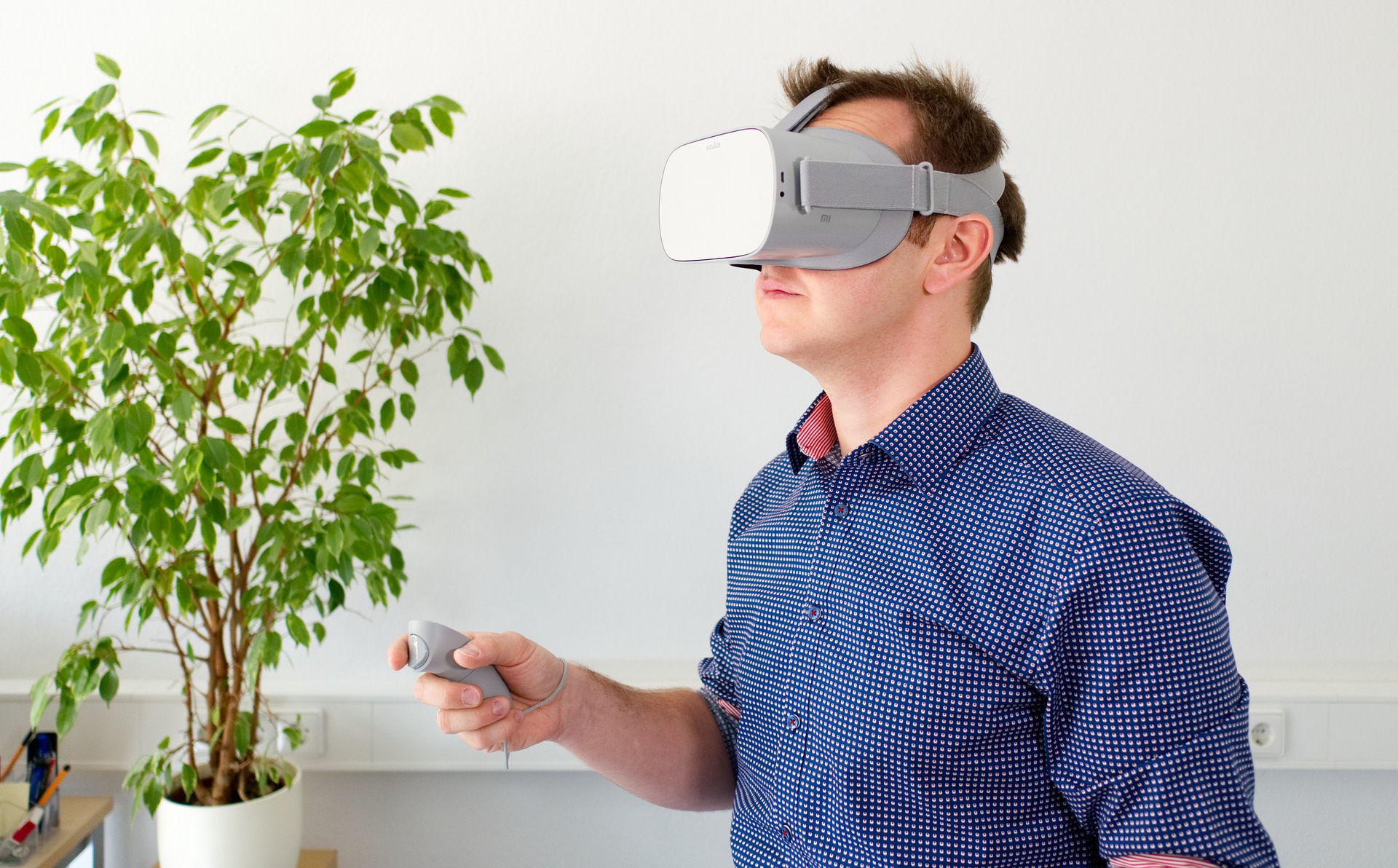The recently published book “The History of the Future” describes in an unprecedented level of detail the emergence of the startup Oculus and the history of the latest virtual reality wave. In the first few chapters, author Blake J. Harris explores the modest beginnings of the Oculus founder and today’s multi-millionaire Palmer Luckey.
Oculus’ story begins in a trailer parked on the driveway of a modest multi-family home in Long Beach, California. It belongs to car salesman Donald Luckey and housewife Julie Luckey, Palmer’s parents.
The teenager hogged the caravan, lived it and turned it into a lab where he could pursue his favorite activity undisturbed. He made portable devices from game consoles.
A passionate modder, Luckey was always on the lookout for exotic consumer electronics. He came up with VR technology one day. After initial experiments, Luckey realized the technology’s potential unlike old game consoles, Virtual Reality has what it takes to change the world. The ambitious inventor found a new goal: to bring virtual reality to the next immersion level by modding.
A self-taught VR
Over the next few years, Luckey built the world’s largest private collection of VR glasses. Most of the copies he acquired on platforms such as Ebay, he earned the money needed for this with odd jobs.
A particularly splendid piece of his collection was the VR glasses “Boom 3C” of the manufacturer Fakespace from the 90s. At that time, the device attached to a crane due to its weight cost around 90,000 US dollars. Luckey bought it for under $100.
Between 2009 and 2012, Luckey created more than fifty eyewear prototypes in his lab. On the website Meant to be lakes in 3D (MTBS3D) he exchanged ideas with like-minded people documenting his experiments.
A gap between the virtual and the real world
To learn more about how the Boom 3C works, Luckey contacted fakespace founder Mark Bolas, who works at the nearby Institute for Creative Technologies (ICT) at the University of Southern California. The young inventor applied for an internship in June 2011 and got the job.
Around the same time, Luckey developed “PR6,” the first eyewear prototype he thought was mature enough to show him to the world. He gave the device the name “Rift”, because the device creates a gap between the real and the virtual world, as he wrote to his friends on the MTBS3D forum.
A turning point
Luckey planned a Kickstarter campaign for the VR glasses and wanted to start his own business. A colleague in Bolas’ research lab inspired him to use the name “Oculus”. Originally, the startup should be slightly modified “Oculux”, in reference to the Latin word “Lux” for light. The name was already taken and so Luckey finally settled on Oculus.
2012 was a turning point in the life of Palmer Luckey. The nineteen year old wanted to study journalism to become a tech journalist, but was not enrolled in courses because of a computer error. Then Luckey applied to the USC, but also without success.
Luckey did not know what to do. He did not promise much from the Kickstarter campaign. At the time, Luckey believed that only a few hundred nerds would be interested in self-made VR glasses.

